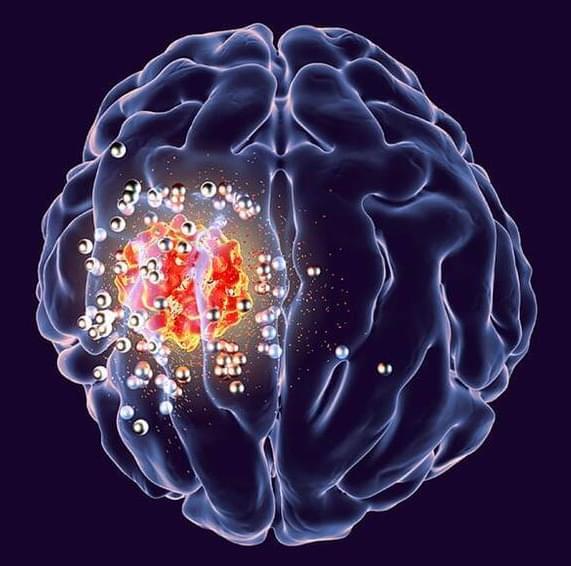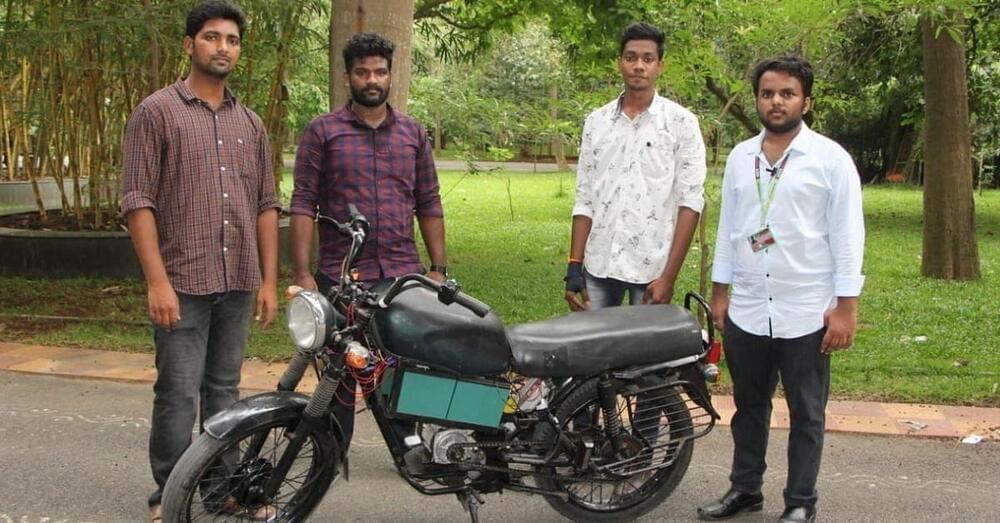Indigenous stories from the end of the last Ice Age could be more than myth.




ELIZABETHTOWN, Ky. (AP) — When Chastity Murry had her first psychotic break, she went into her bathroom and downed a whole bottle of pills, hoping to die. Her teenage daughter had to perform CPR to save her life.
Around that same time more than a decade ago, the man who would become her husband, Dante Murry, also lost touch with reality and considered suicide.
Different illnesses led them down similar paths – bipolar disorder in her case and schizoaffective disorder in his – conditions long considered by many to be distinct and unrelated.
Join us on Patreon!
https://www.patreon.com/MichaelLustgartenPhD
Bristle Discount Link (Oral microbiome quantification):
ConquerAging15
https://www.bmq30trk.com/4FL3LK/GTSC3/
TruDiagnostic Discount Link (Epigenetic Testing)
CONQUERAGING!
https://bit.ly/3Rken0n.
Quantify Discount Link (At-Home Blood Testing)
https://getquantify.io/mlustgarten.
Cronometer Discount Link (Daily diet tracking):
https://shareasale.com/r.cfm?b=1390137&u=3266601&m=61121&urllink=&afftrack=
Support the channel with Buy Me A Coffee!
Help us grow by subscribing to the podcast, liking the episode, and sharing it with your friends.
Trent Fowler is a machine learning engineer, author, and co-host of the Futurati Podcast. He recently appeared on the Cutting Edge Podcast with Lee Pierson to discuss artificial intelligence, consciousness, free will, epistemology, and AI risk. For more of their content, check out their excellent show at the Ayn Rand Center UK: https://www.youtube.com/c/AynRandCentreUK
#artificialintelligence #objectivism #futurism

Brain tumors are among the most deadly and difficult-to-treat cancers. Glioblastoma, a particularly aggressive form, kills more than 10,000 Americans a year and has a median survival time of less than 15 months.
For patients with brain tumors, treatment typically includes open-skull surgery to remove as much of the tumor as possible followed by chemotherapy or radiation, which come with serious side effects and numerous hospital visits.
What if a patient’s brain tumor could be treated painlessly, without anesthesia, in the comfort of their home? Researchers at Stanford Medicine have developed, and tested in mice, a small wireless device that one day could do just that. The device is a remotely activated implant that can heat up nanoparticles injected into the tumor, gradually killing cancerous cells.


The Indian Electric Vehicle market is set to reach a sales volume of 10.8 lakh units by 2025. However, these vehicles are currently at a high price and are not affordable to consumers in low-income categories.
To bridge this gap, a team of seven students at the KL University, Hyderabad have retrofitted an old and discarded bike into an EV.
“We also added futuristic features including wireless charging and cell balancing, which ensures equalised charging,” says Charan Sai (21), a fourth-year student of Electronics and Electrical Engineering, and the lead of the project.
